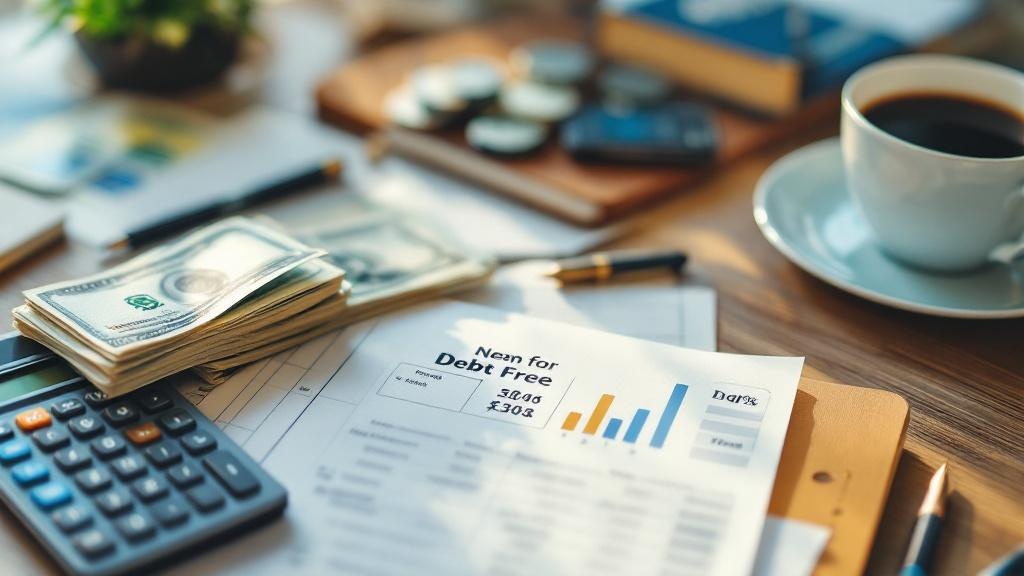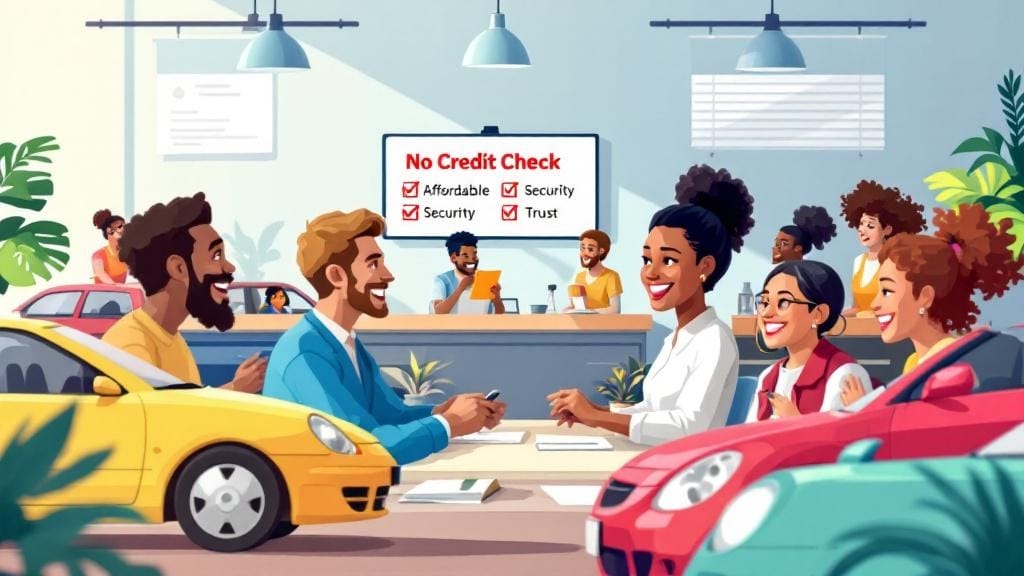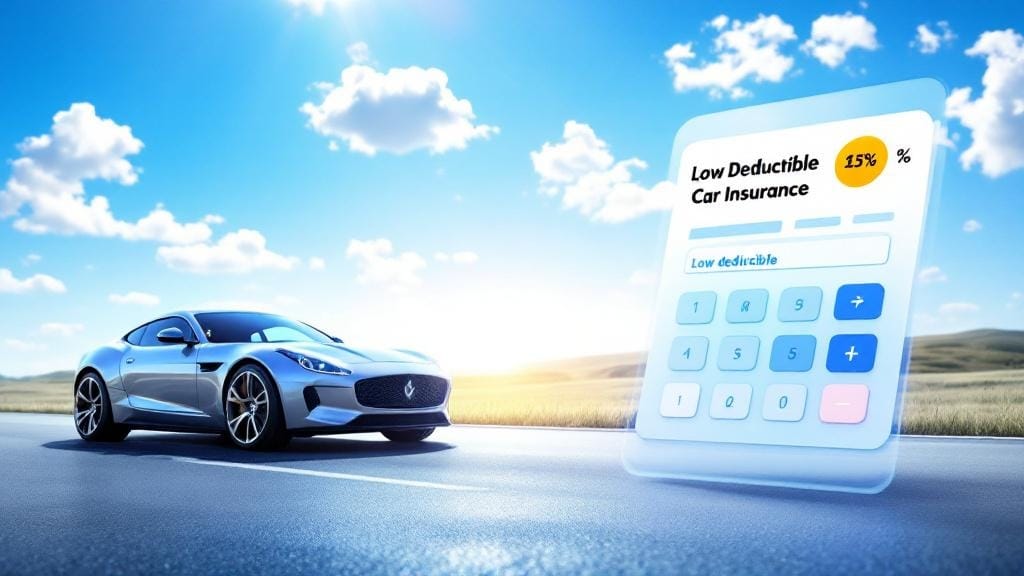Managing and paying off loans can feel overwhelming, especially when you’re dealing with multiple debts, high interest rates, or a tight budget. But don’t worry! By implementing smart budget tips for paying off loans, you can regain control of your finances and reduce your debt faster than you might think.
In this article, we’ll cover practical strategies that can help you pay off loans quickly and efficiently, all while sticking to a realistic budget. Whether you’re dealing with student loans, credit card debt, or personal loans, these tips will guide you toward financial freedom.
Why Creating a Loan Payoff Plan is Essential
Before diving into the specifics of paying off your loans, it’s crucial to create a loan payoff plan. Without a clear plan, it’s easy to feel lost in a sea of bills. A loan repayment strategy helps you prioritize which loans to pay off first, track progress, and stay motivated.
Steps to Create a Loan Payoff Plan
List All Debts: Write down all your outstanding loans, including the lender, balance, interest rate, and minimum payment.
Choose a Repayment Method: You can use strategies like the debt snowball method or the debt avalanche strategy to help pay off your loans faster.
Set a Monthly Budget: Allocate a specific amount for debt repayment each month, and try to stick to it as much as possible.
Track Your Progress: Celebrate small victories along the way to keep your motivation high.
Budget Tips for Paying Off Loans Quickly and Easily
There are several practical tips for paying off debt that will help you reduce the amount of interest you pay and get out of debt faster. Here are some tried-and-true methods.
1. Implement the Debt Snowball Method
The debt snowball method involves paying off your smallest debt first while making minimum payments on larger debts. Once your smallest debt is paid off, you move to the next smallest, and so on.
This method is incredibly effective for maintaining motivation because you’ll see progress quickly. Even though it may not save the most money in interest, the momentum it creates is invaluable.
2. Use the Debt Avalanche Strategy
On the other hand, the debt avalanche strategy focuses on paying off your highest-interest debts first. While it may take longer to see results initially, this method will save you more money in the long run, as you’re reducing the interest paid on high-interest debts like credit card debt.
3. Refinance Your Loans
Loan refinancing can be a great way to lower your interest rates, making it easier to pay off your loans. For example, if you have high-interest credit card debt, you may be able to refinance that balance with a personal loan or a lower-interest credit card. This reduces your overall monthly payments and shortens the time it takes to pay off your debts.
4. Cut Unnecessary Expenses
Cutting unnecessary expenses is one of the quickest ways to find extra money to put toward your debt. By reducing spending on non-essential items, like eating out or subscription services, you free up funds to pay down your loans faster.
Here are a few easy ways to cut expenses:
Limit dining out or cooking at home more often.
Cancel unused subscriptions or memberships.
Switch to more affordable services (like internet or insurance).
Buy second-hand items instead of new.
5. Increase Your Income
Sometimes, the best way to tackle debt is to increase your income. Finding extra sources of income can help you make larger payments toward your loan balances. Consider side jobs, freelancing, or selling unused items around the house.
6. Build an Emergency Fund
While it may sound counterintuitive, building a small emergency savings fund is essential when paying off loans. Having money set aside for unexpected expenses can prevent you from relying on credit cards or loans in emergencies, which could slow down your repayment progress.
How to Budget Effectively for Loan Repayment
Creating a debt-free budget is key to staying on track while paying off loans. When you establish a solid budget, you can ensure that a portion of your income is allocated toward loan repayment each month.
Budgeting Tips to Pay Off Loans
Track Your Spending: Start by tracking every expense to get a clear picture of where your money is going. Apps like Mint or YNAB (You Need a Budget) can help you categorize and track your expenses.
Prioritize Loan Payments: Make paying off loans a priority in your budget. Treat your loan repayment as a fixed expense, just like rent or utilities.
Cut Back on Non-Essential Spending: Identify areas where you can cut back, such as reducing your entertainment budget or opting for more affordable groceries.
Use the 50/30/20 Rule: Allocate 50% of your income to needs (housing, utilities, etc.), 30% to wants (entertainment, dining out), and 20% to savings and debt repayment.
Using Extra Payments to Speed Up Loan Repayment
Whenever you get extra income, whether through a tax refund, gift, or a bonus at work, use it to pay down your loans. These extra payments will reduce the principal and help you pay off loans faster.
The Role of Credit Scores in Loan Repayment
Improving your credit score is another important aspect of loan repayment. A higher credit score can help you secure lower interest rates when refinancing or taking out new loans, thus reducing the cost of borrowing.
How to Improve Your Credit Score While Paying Off Loans
Make Payments on Time: Late payments can hurt your credit score. Always pay on time or even early to stay on top of your finances.
Keep Credit Utilization Low: Aim to use less than 30% of your available credit.
Consider a Credit Builder Loan: If your credit score is low, consider a credit builder loan to boost your score while you pay off your debt.
Real-Life Example: Paying Off a $10,000 Loan
Let’s say you have a $10,000 loan with a 12% interest rate and a minimum payment of $250 per month. Using the debt avalanche strategy, you’d start by focusing on the loan with the highest interest rate.
If you’re able to reduce your monthly spending by $200 and put that toward the loan, you would make an extra $200 payment each month, totaling $450 toward the debt. By doing this consistently, you can pay off the loan in roughly 24 months instead of 40 months.
Loan Repayment Strategy Summary:
Debt Snowball Method: Pay off smaller loans first to gain momentum.
Debt Avalanche Strategy: Pay off higher-interest loans to save money.
Loan Refinancing: Lower interest rates to reduce overall debt.
Cutting Expenses: Free up funds by reducing unnecessary costs.
Increase Income: Use side gigs or extra income to make larger payments.
FAQs About Loan Repayment Strategies
1. How can I pay off my student loans faster?
You can use the debt avalanche strategy to pay off high-interest student loans first, refinance your loans for better rates, and make extra payments whenever possible. Additionally, building a strong emergency fund can help avoid taking on more debt in case of unexpected costs.
2. What is the debt snowball method?
The debt snowball method is a repayment strategy where you focus on paying off your smallest debt first, while making minimum payments on other loans. Once the smallest debt is paid off, you move to the next smallest, and so on, gaining momentum along the way.
3. Should I prioritize paying off credit card debt or student loans first?
It’s typically more beneficial to focus on paying off credit card debt first, especially if it has a higher interest rate than your student loans. The debt avalanche strategy is great for prioritizing high-interest debts like credit cards.
4. Can loan refinancing help me pay off my loans faster?
Yes, refinancing your loans can help you secure a lower interest rate, which in turn reduces your monthly payments and the amount of interest you pay over time, making it easier to pay off loans faster.
5. How much of my income should I put toward paying off loans?
A good rule of thumb is to allocate at least 20% of your income to savings and debt repayment. This can vary depending on your situation, but the more you can pay toward your debt, the faster you’ll pay it off.








Comments (0)